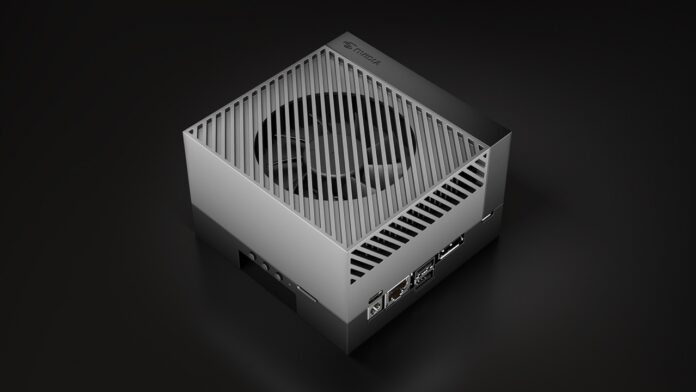Nvidia pitches to developers its vision of a rich AI ecosystem built on Omniverse
This week’s GTC developer event gave Nvidia and its founder and CEO, Jensen Huang, an opportunity to articulate the company’s ambitions in the burgeoning world of artificial intelligence. Nvidia wants to be part of it all, from the chips, clusters, and network fabric in the data center, to the software and hardware running autonomous vehicles in the streets, manufacturing robots in factories and more.
Gluing this action-oriented AI together is Omniverse, Nvidia’s collaborative 3D modeling and simulation environment. Omniverse recreates real-world environments as “digital twins,” meticulously detailed physical copies of the real world, employing realistic and predictable physics. Omniverse helps Ericsson figure out where to put 5G antennas for optimal coverage and performance, for example.
Omniverse started out as a collaborative 3D environment for digital creatives and others, and that remains a big focus of Nvidia’s new Omniverse Cloud. It builds on the Omniverse concept as the foundation for an array of managed services coming from Nvidia, supporting this burgeoning ecosystem. But it’s also the backbone, stitching AI in the cloud to AI on the ground.
Nvidia envisions Omniverse as a virtual proving ground for AI: An environment where AI can be tested and iterated, by AI and machine learning (ML) techniques. AI can improve AI, continuously in the cloud or in the data center. Nvidia’s full-stack solutions, also on display at this week’s events and promised as developer kits, take advantage of this full-stack ecosystem: AI is safely and securely deployed to fleets of cars, factories, assembly lines, and even hospital surgical devices.
It’s an ambitious vision, and Nvidia knows it can’t be everywhere, or in everything, at once. The company has built these solutions with an eye towards modularity and openness.
Nvidia doubling down on AI as a growth market shouldn’t surprise anyone who’s been paying attention to Nvidia’s recent revenue reports. Data center sales have been a bright light in the company’s balance sheets consistently for a while now, and the company’s new products aimed at AI and high-performance computing (HPC) are sure to continue that trend. Gartner predicts that AI alone will generate $62 billion in software sales in 2022. It’s already a huge market and continuing to grow.
Hyperscale and cloud revenue doubled year-over-year, with the company’s Vertical Industries segment posting double-digit YoY growth led by the consumer Internet companies, according to Colette Kress, Nvidia executive vice president and CFO.
Huang told analysts at that time that Orin – the company’s System on a Chip (SoC) platform for autonomous robots and EVs will drive an infection point that will carry through 2022 as the company ramps up production. Orin played a major role at this week’s GTC: Nvidia introduced an Orin-named AI edge system, a reference sensor and compute platform, medical devices, and more.
Competing and cooperating in the semiconductor market
A reporter asked Huang this week if Nvidia’s data center plans face headwinds from competitors like Intel. Huang noted that despite competing with, well, everyone, Nvidia knows how to play well with others as well – standard operating procedure in the chip industry, he said.
Huang said that they’re partners as much as competitors. Intel manufactures CPUs used in Nvidia’s data center products, despite Nvidia’s aspirations.
From Huang’s perspective, it’s about building a resilient supply chain structure. That issue is top of mind for everyone in manufacturing, but perhaps especially prominent in semiconductors. The industry’s foundational position has amplified supply chain constraints because modern devices can’t get built without computer chips.
Nvidia’s announcements this week weren’t just about AI – they had plenty of news of interest for app developers, game makers and others who optimize code for Nvidia hardware. But AI is clearly where the company’s major ambitions and growth expectations lay. Nvidia’s recent failed bid for Arm behind them, the company’s looking to build the future from within.

